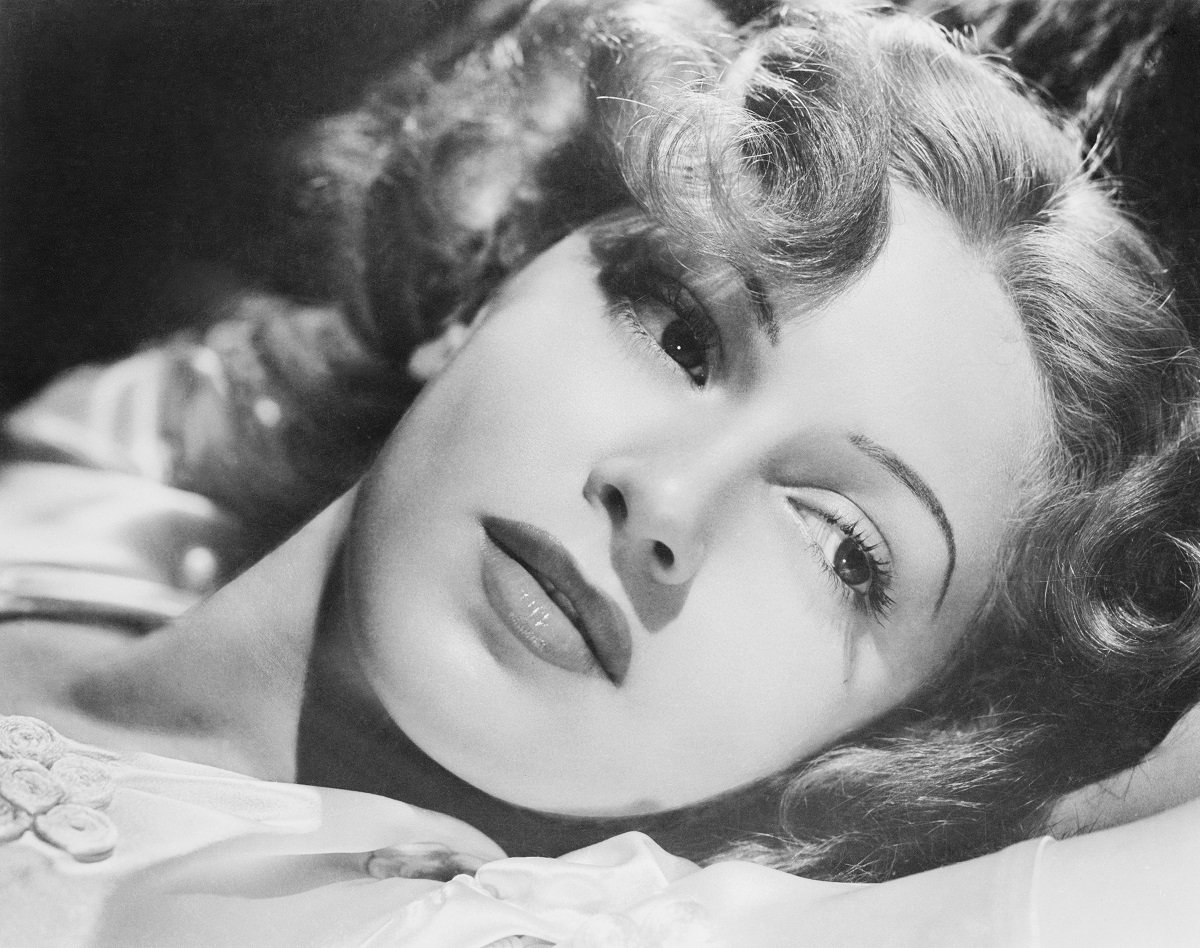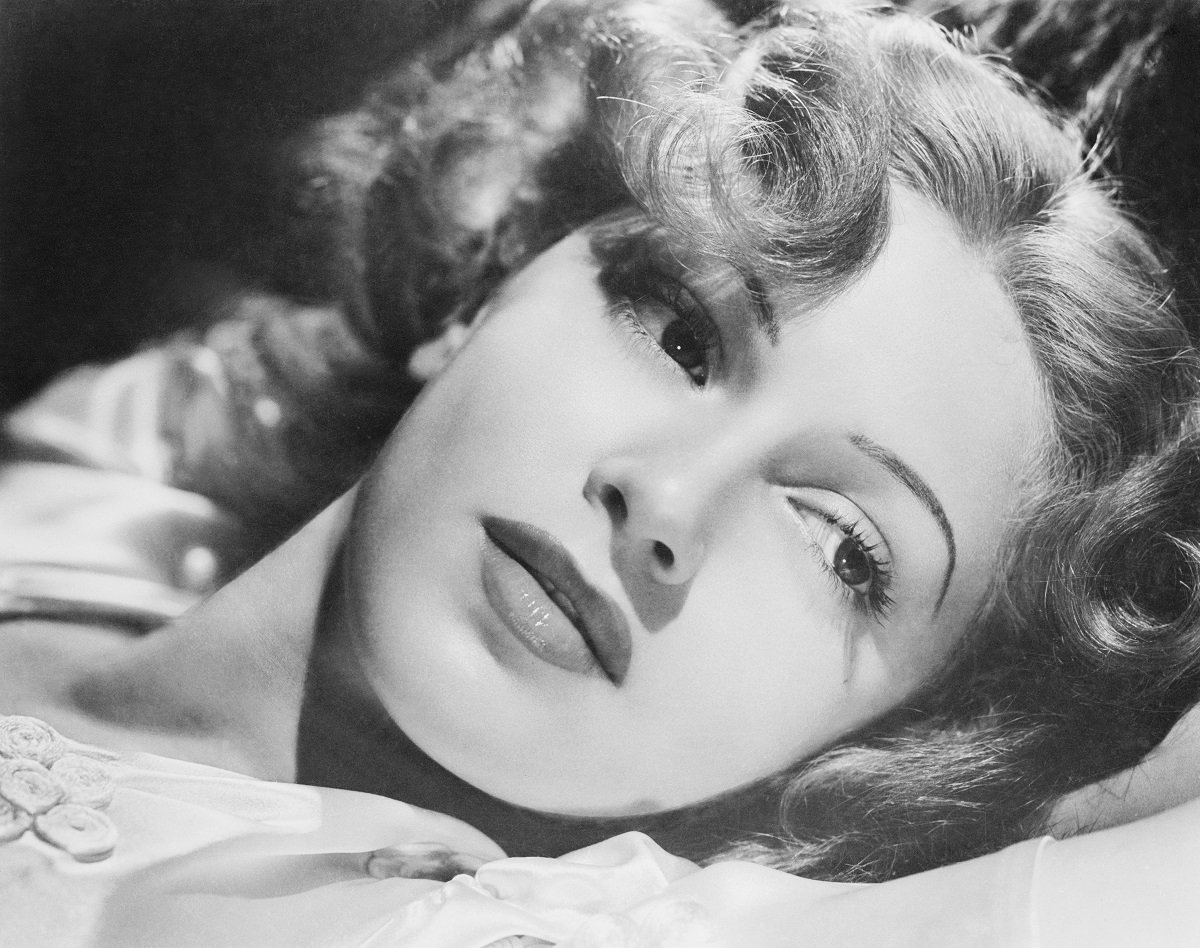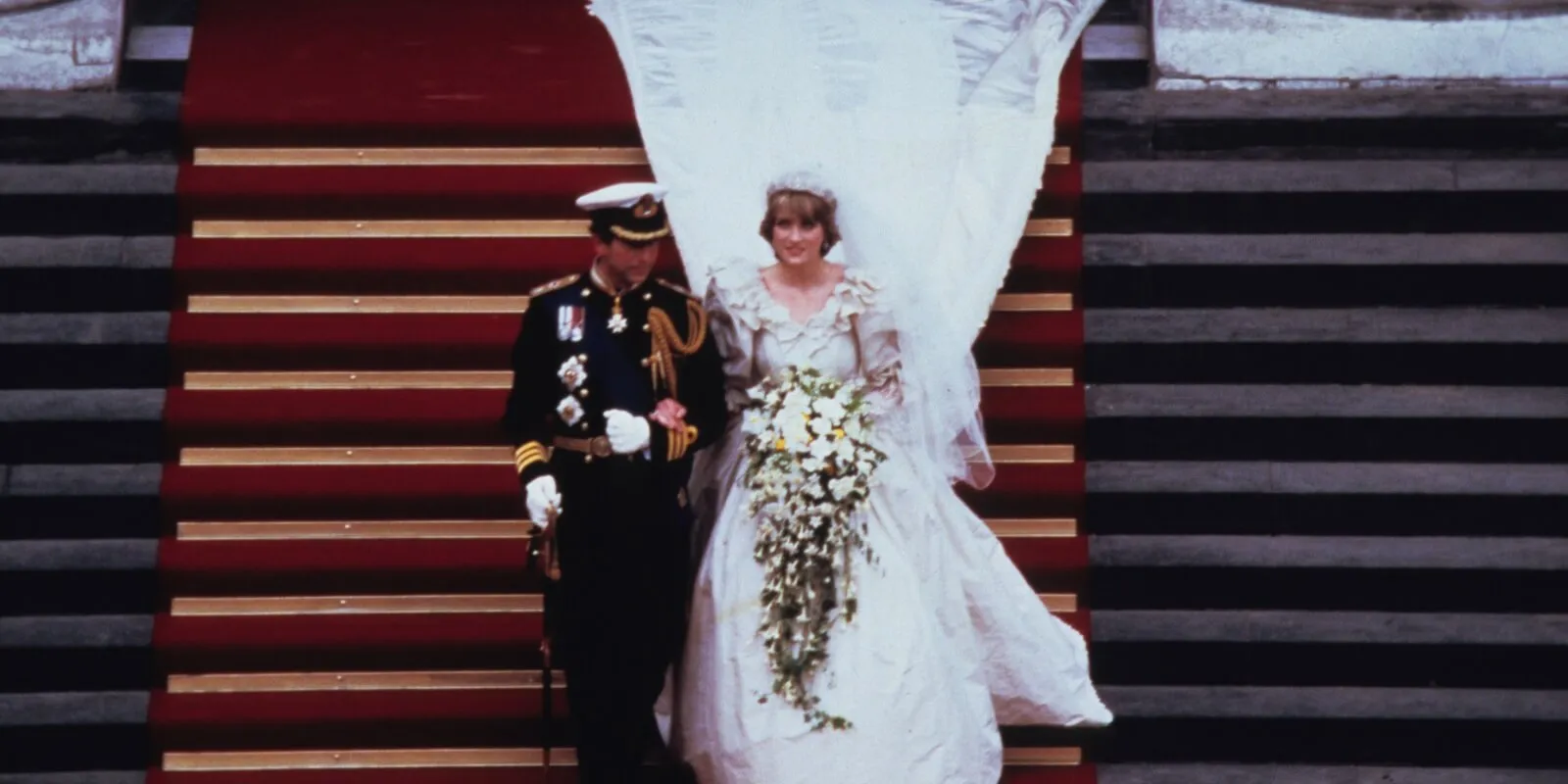
Lana Turner’s Tumultuous Love Life Led to the Biggest Scandal in Hollywood History
Lana Turner was one of Hollywood’s original movie stars, but she also made a huge impact on pop culture off-screen. Turner was also one of America’s original celebrities. Her personal life became a matter of public interest in a way that’s commonplace now but was new then.
Lana Turner starred in some of the biggest movies of the ’40s and ’50s. And her love life was similarly dramatic. Her dalliance with a mobster ended with the man dead and her daughter defending herself in court from accusations of murder.
Lana Turner was 1 of the biggest stars of her era

Turner made her on-screen debut in 1937’s They Won’t Forget. Even though she is only in the movie for a few minutes, Turner’s striking appearance and form-fitting attire stood out. It earned her the nickname “Sweater Girl.” She always hated the label. But the sudden infatuation with her was the first sign she \would go on to play bigger roles. (TCM has a more extensive biography of her life.)
She established herself as a bankable leading lady in the early 40s in movies like Ziegfeld Girl and Honky Tonk, starring alongside Clark Gable. The signature performance of Turner’s career is in The Postman Always Rings Twice, where she played one of the iconic femme fatales in cinema history. Her other notable roles include Peyton Place, which earned Turner her only Academy Award nomination, and Imitation of Life.
Turner’s public romances also contributed to her notoriety. She was married eight times to seven men in her life. She also had affairs with Tyrone Power (Turner considered him the love of her life) and Frank Sinatra. But only one of her relationships resulted in legal trouble.
Lana Turner was part of a huge scandal in Hollywood
While on the set of The Lady Takes a Flyer in 1958, Turner began receiving phone calls and flowers from a man who went by John Steele. Turner was touched by all the attention, so she decided to date the persistent gift shop manager. She didn’t realize until later that Steele was not who he said he was.
His real name was Johnny Stompanato, an LA-based gangster in the orbit of mob boss Mickey Cohen. Turner tried to break up with him after learning about his identity. But Stompanato refused to take no for an answer. For the following few months, he emotionally and physically abused her as he attempted to control more and more aspects of her life.
Everything came to a head on April 4, 1958. The couple had another intense argument, only this time Stompanato threatened to kill Turner, her grandmother, and her daughter, Cheryl Crane. Crane overheard what was happening, grabbed a knife went to her mom’s room to protect her. The 14-year-old stabbed Stompanato in the stomach. He died at the scene.
Turner’s fame quickly made the case a media sensation. Cohen publicly demanded murder charges for Turner and Crane and released some of the actor’s love letters to Stompanato to the public to further embarrass her. Over 100 media members attended the four-hour inquest, which was also broadcast on ABC and CBS radio. The jury cleared Turner and Crane of any wrongdoing, but there was still a stain on Turner’s reputation as a mother. Crane was deemed a ward of the court and placed in the care of her grandmother.
Stompanato’s family sought a wrongful death suit worth $750,000 in damages from Turner and Steve Crane, Cheryl’s dad. Turner eventually settled for $20,000 in 1962.
Childhood traumas set the tone for the rest of Lana Turner’s life
Turner dealt with traumatic events from an early age. She was born to parents John and Mildred in Burke, Idaho. John’s job in the silver mines wasn’t enough to provide for the family (or feed his gambling habit) so he started bootlegging to make ends meet. The police eventually caught wind of what he was doing. So the family moved to San Francisco in search of a better life.
The couple quickly separated and three years after the move, John was found dead after being beaten to death for his winnings in an underground card game. The murder was never solved. Lana was nine at the time. The future star often lived with family friends to help her mom save money, though she later alleged that she was abused by a family in Modesto during her stay.
Success brought its own set of mental health crises. After consecutive movies she starred in bombed at the box office, Turner attempted suicide in 1951. Her business manager Benton Cole saved her life, and MGM covered up the incident by saying she fell through a shower door. The studio also hid Turner’s multiple abortions to further protect her image.


